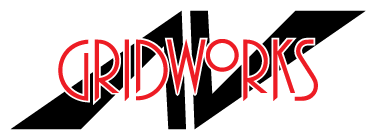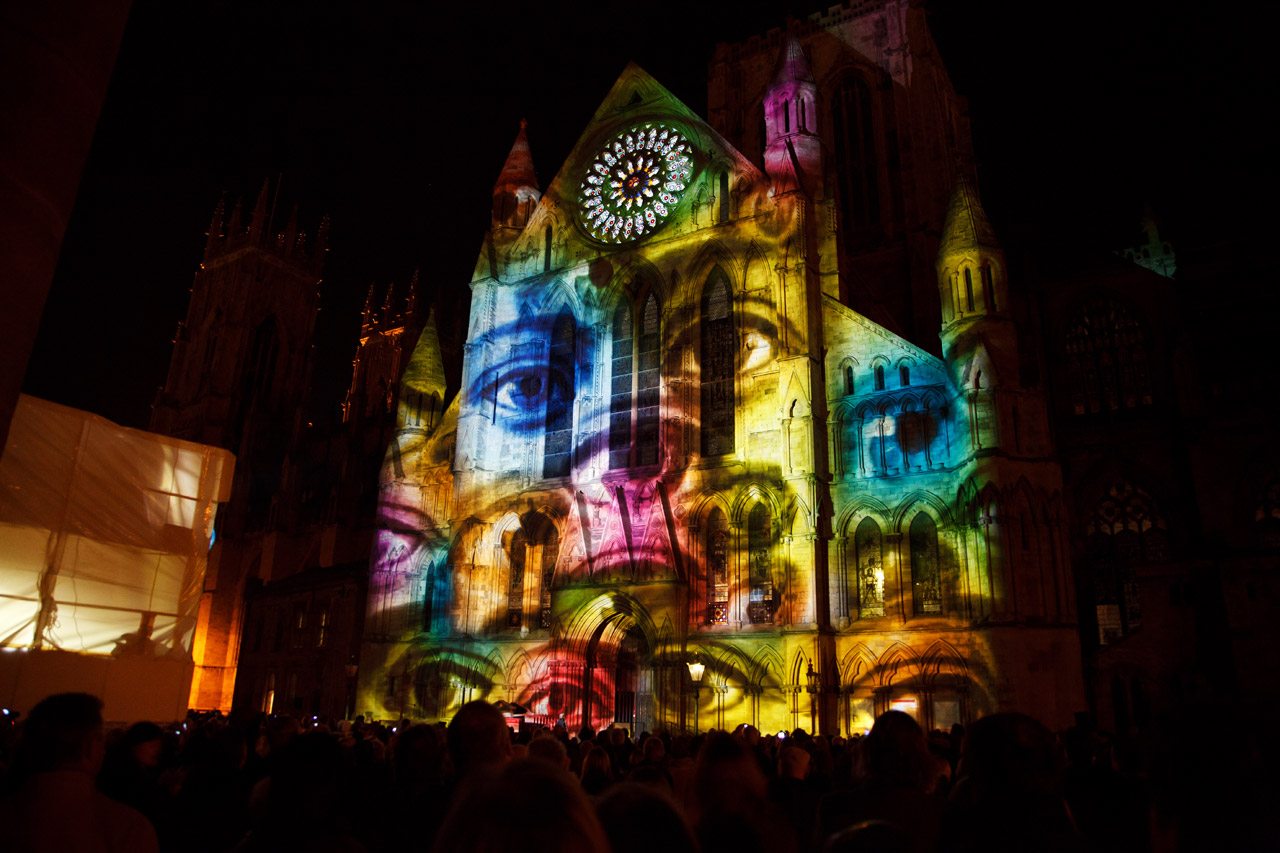Video mapping (aka projection mapping) is a projection technology used to turn objects (of all shapes) into a display surface for video projection. Specialized software is used to warp and mask the projected image to make it fit perfectly on irregularly shaped screens.
This technique is becoming very popular with artists and advertisers who can add extra dimension, optical illusions and notions of movement onto previously static objects. Usually it is also combined with audio to create an audio-visual narrative.
History
Video mapping as it operates today, is a fairly new concept. However, the technology behind it can be traced back to 1969 when Disneyland opened the Haunted Mansion ride. They used fake disembodied heads as objects which had 16mm film projected onto them to make them appear real trough optical illusions.
The first time the concept of projection mapping was academically studied was in the late 1990s at the University of North Carolina at Chapel Hill. The project was called “Office of the Future” and the goal was to connect offices from different locations to feel as if they were together in one shared space by projecting people into the office space as if they were really there. By 2001, big companies such as Microsoft were on board with the technology.
How It Works
Once the object which will be projected on has been chosen or created, a virtual replica of the entire physical set up needs to be created. The order of actions goes as follows:
1) Image or video to be projected must be chosen.
2) Virtual model is then created within a computer using specialized software.
3) Opacity templates are used to “mask” the exact shapes/positions of the different elements of the building or space of projection.
4) Coordinates need to be defined for where the object is placed in relation to the projector.
5) The orientation, position and lens specification of the projector then add to the virtual scene.
Large projectors (up to 20,000 lumens) are needed for large-scale projections such as on city skyscrapers. On the other hand, a projector with a basic 5600 lumens will work fine for smaller productions. All projectors should be used with a wide angle lens for best results.
Latest
A very much growing concept, video mapping has been used in advertising by big companies such as Nokia, Samsung and BMW. Most of these advertising campaigns use mapping techniques to project scenes onto sides of buildings. Projection mapping can also be made to be interactive (ex: mimic peoples’ movements). 3D mapping techniques have recently been added to the appeal of this technology and artists now can use it to connect with an audience in a new way. Guerilla-type projections can be used without much approval making their necessary exposure quick and easy.


















